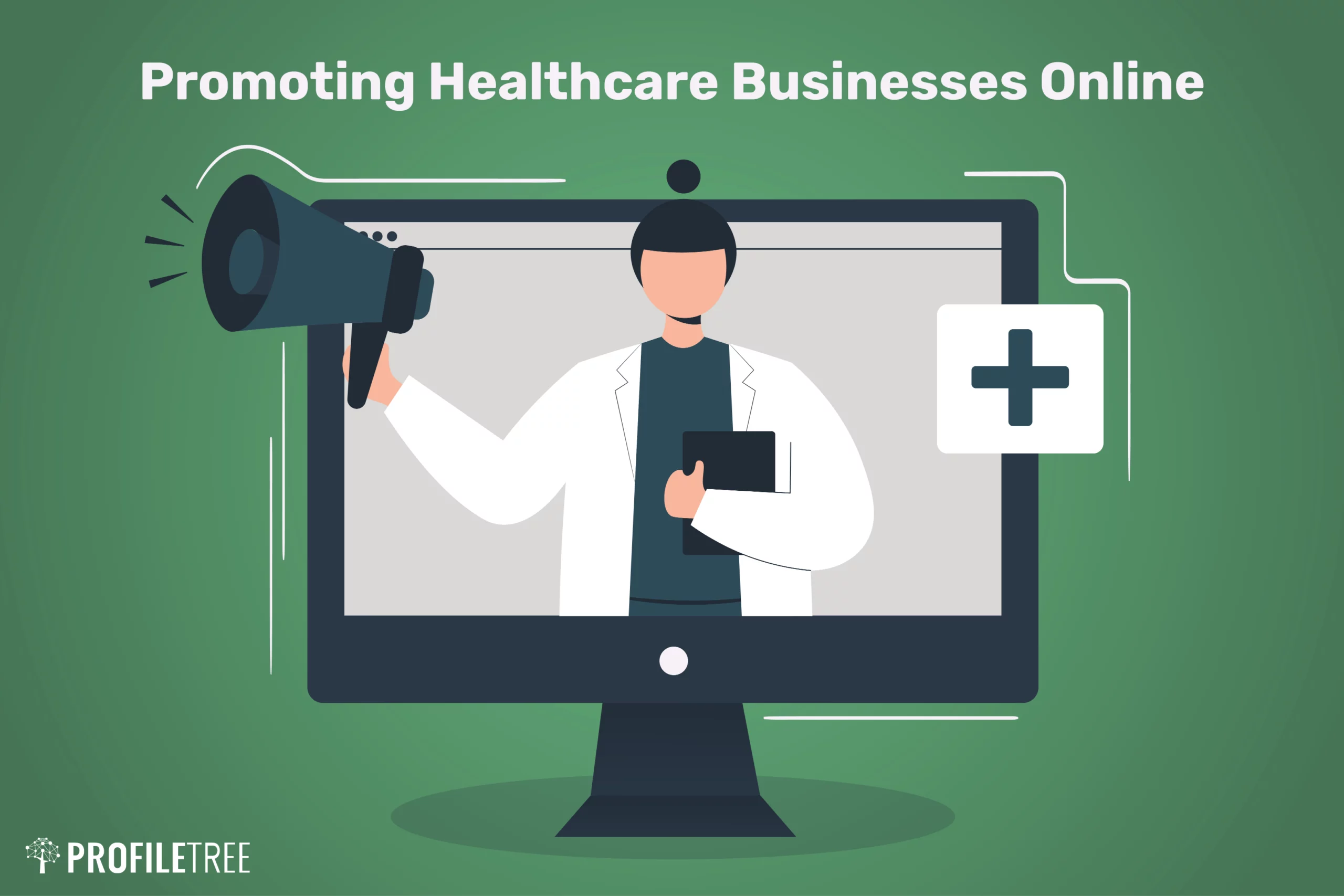Recognizing the Price Savings of Subscription Based Healthcare for Families
Recognizing the Price Savings of Subscription Based Healthcare for Families
Blog Article
Comprehending the Cost-Effectiveness of Subscription-Based Healthcare Designs
As the medical care landscape evolves, subscription-based designs arise as a compelling option, guaranteeing to redefine exactly how individuals take care of medical costs. Evaluating these designs' cost-effectiveness requires a nuanced contrast with typical insurance coverage, taking into consideration both economic implications and client satisfaction. While they use openness and predictability in prices, questions remain about their capability to satisfy varied medical care needs, especially for specialized treatments. The perspectives of doctor additionally complicate this formula, providing a diverse difficulty. What does the future hold for these versions, and can they genuinely supply on their assurance of obtainable, economical care?
Overview of Subscription-Based Versions
Subscription-based medical care designs, in some cases referred to as straight medical care or attendant medication, are progressively gaining attention as a possible remedy to ineffectiveness within conventional healthcare systems. These versions operate on the concept of offering individuals direct accessibility to health care companies through a month-to-month or annual fee, bypassing the need for typical insurance policy systems. This arrangement intends to simplify patient-provider communications by reducing management concerns, which often impede personalized and prompt care.
At the core of subscription-based designs is the focus on a more individualized patient experience. Individuals take advantage of improved accessibility to their physicians, usually including next-day or same-day appointments, prolonged appointment times, and straight communication channels such as phone or video clip telephone calls. This model promotes an aggressive method to medical care, where individuals and service providers can collaboratively concentrate on preventative care and persistent condition management.

Price Contrast With Traditional Insurance Policy

Among the main monetary advantages of membership models is openness in prices. People pay a foreseeable cost, which can streamline budgeting and monetary planning. Additionally, these models generally eliminate co-pays and deductibles for protected solutions, minimizing out-of-pocket costs. On the other hand, conventional insurance may be extra useful for people calling for specialized treatment or costly treatments not covered under a subscription version, as they profit from the wider coverage network and cost-sharing devices.
However, cost-effectiveness is context-dependent. While registration models may offer cost savings for those primarily needing medical care, people with persistent problems or specialized healthcare requirements could find standard insurance a lot more comprehensive. As a result, reviewing particular health care needs and potential usage is critical in identifying one of the most cost-efficient option for individuals.
Influence On Person Satisfaction
Client complete satisfaction within subscription-based healthcare versions usually shows a considerable improvement over typical insurance policy systems. Unlike standard systems, where people might experience hold-ups in obtaining treatment, subscription-based models ensure even more prompt and direct communications with health care service providers.
Moreover, the openness in costs linked with subscription-based health care relieves the typical disappointments connected to unforeseen fees and intricate billing procedures seen in that site traditional insurance policy (subscription based healthcare). Clients value recognizing the exact economic commitment upfront, causing increased depend on and confidence in their health care monitoring
Additionally, the focus on preventive treatment and wellness in registration models adds to boosted health results, further improving person complete satisfaction. By focusing on recurring health maintenance instead of anecdotal treatment, clients experience a more all natural and continual health care trip.
Moreover, the enhanced provider-patient relationship cultivated in these designs, characterized by more time spent per person and customized interest, plays a critical role in elevating client complete reference satisfaction degrees, as patients really feel genuinely cared for and comprehended.
Supplier Experiences and viewpoints
From the provider's viewpoint, subscription-based healthcare models offer a transformative method to delivering medical services. These models emphasize a proactive and preventative medical care approach, permitting carriers to concentrate on thorough person treatment without the restraints of standard fee-for-service plans (subscription based healthcare). This shift in focus often causes boosted individual results and enhanced service provider complete satisfaction, as healthcare specialists can designate more time and resources to person interaction and customized care strategies
Furthermore, subscription versions assist in predictable earnings streams, which improve financial security for doctor. This predictability permits for enhanced source planning and allotment, adding to a much more efficient health care delivery system. Carriers can invest in staff modern technology, infrastructure, and training renovations, consequently improving the top quality of treatment offered.
However, the change to subscription-based versions is not without difficulties. Companies need to adapt to new functional frameworks, which can involve considerable modifications in invoicing practices and client monitoring systems. Furthermore, there is a fundamental need for robust data management to track patient results and ensure quality care. Regardless of these hurdles, numerous suppliers locate that the advantages of raised individual communication and structured operations exceed the preliminary obstacles, making subscription-based versions an appealing option.
Future Leads and Obstacles

A main challenge is governing compliance, as subscription models have to stick to advancing medical care policies and insurance coverage demands. This requires constant adaptation and technology to guarantee placement with legal criteria. In addition, incorporating these designs right into existing medical care infrastructures can be intricate, requiring significant investments in modern technology and training.
There is additionally weblink the potential risk of developing inequities in health care access, as membership models might favor those that can afford them, leaving susceptible populaces underserved. Addressing this needs thoughtful factor to consider of pricing approaches and aid devices to ensure inclusivity.
Verdict
Subscription-based health care models provide a viable choice to conventional insurance policy by using monetary predictability and openness, especially profiting people with persistent conditions or frequent healthcare needs. The cost-effectiveness of these designs is contingent upon private medical care use patterns and scenarios.
Subscription-based medical care designs, sometimes referred to as direct main care or attendant medicine, are increasingly acquiring focus as a possible option to ineffectiveness within traditional healthcare systems. Unlike traditional systems, where individuals could experience hold-ups in getting care, subscription-based models make sure even more direct and timely communications with healthcare providers.
These versions stress a proactive and preventative health care technique, enabling service providers to concentrate on extensive person care without the restraints of conventional fee-for-service plans. As these models continue to acquire traction, they supply the possible to revolutionize patient accessibility to care, streamline solution shipment, and optimize medical care spending.Subscription-based health care designs provide a feasible option to standard insurance by providing monetary predictability and transparency, specifically profiting individuals with chronic problems or frequent health care requirements.
Report this page